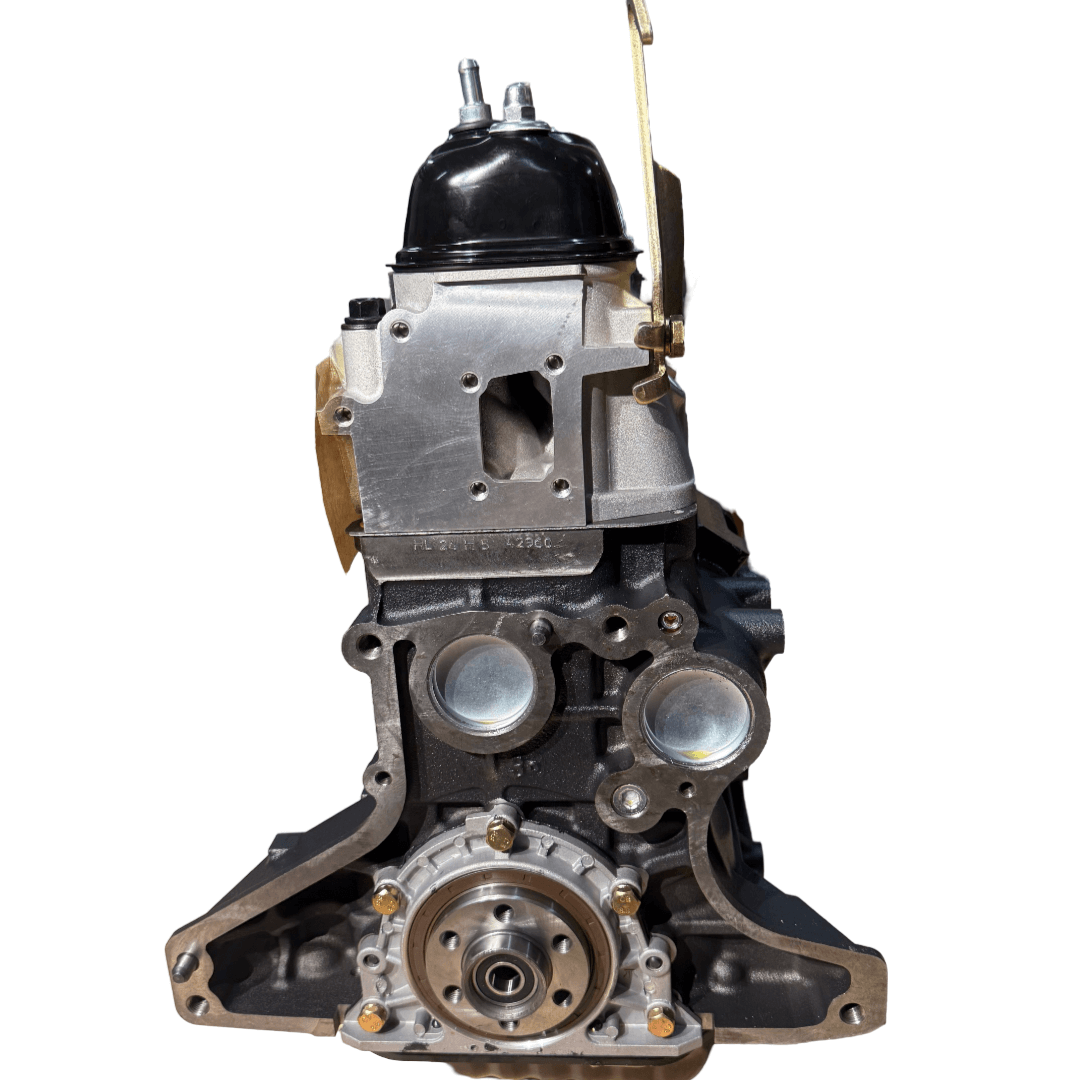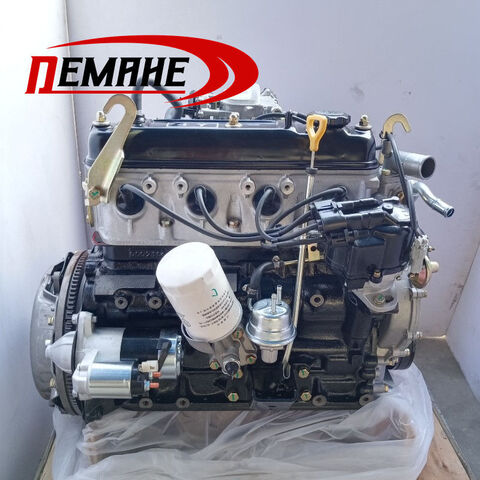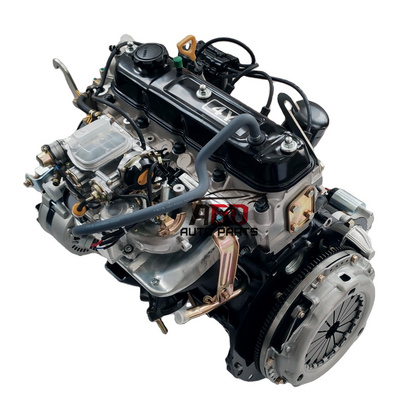The Ultimate Overview to the Engine: Secret Insights for each Car Fanatic
Recognizing the engine is basic for any type of automotive enthusiast, as it serves as the heart of the automobile and determines its performance. This guide supplies a detailed exam of engine makeup, kinds, and the mechanics behind their procedure, consisting of the cutting-edge technologies that are reshaping the auto landscape. In addition, it underscores the vital nature of maintenance techniques that can dramatically affect an engine's life-span. Nevertheless, the complexities of engine dynamics and the latest innovations in innovation present questions that warrant more expedition. What might these understandings disclose about the future of automobile engineering?
Anatomy of an Engine
Recognizing the anatomy of an engine is crucial for any type of auto lover looking to dive deeper right into vehicle auto mechanics. An internal combustion engine primarily is composed of numerous vital parts that operate in unison to transform gas into power.
At the heart of this system lies the cylinder block, which houses the cyndrical tubes where burning happens. Piston motion within these cyndrical tubes is helped with by the crankshaft, which equates linear movement right into rotational power. Furthermore, the camshaft plays a crucial role in managing the opening and closing of the engine's valves, guaranteeing appropriate air-fuel mix consumption and exhaust gas expulsion.
Other important parts consist of the gas system, which supplies the engine with the required gas, and the ignition system, in charge of initiating combustion - 4y engine. The cooling and lubrication systems are likewise essential, maintaining optimum operating temperatures and reducing friction, specifically
Engine Types and Configurations
A diverse series of engine kinds and setups exists, each offering distinct advantages and downsides tailored to different driving needs and preferences. One of the most usual engine types consist of inline, V, flat, and rotary configurations.
Inline engines, featuring cyndrical tubes organized in a solitary line, are understood for their simplicity and performance. They are frequently located in portable vehicles, providing a balance of power and economic situation. V engines, defined by their 2 banks of cylinders arranged in a V form, give greater efficiency and smoother procedure, making them preferred in sporting activities and deluxe automobiles.
Level engines, or boxer engines, have horizontally opposed cylinders, which contribute to a lower center of mass, improving vehicle security. These are commonly seen in brands like Subaru and Porsche.
Rotating engines, although much less usual, use a distinct design with a triangular blades and offer high power-to-weight ratios. They master lightweight and compact applications, mostly seen in Mazda cars.
Each engine kind offers specific efficiency features, weight distributions, and fuel performances, ensuring that vehicle enthusiasts can pick the appropriate engine setup to match their driving style and lorry demands.

Just How Engines Function
Engines, regardless of their kind or configuration, operate fundamental principles that control their performance and performance. At their core, engines transform gas right into power with a collection of regulated explosions or compressions. This procedure official website usually entails four primary strokes: intake, exhaust, compression, and power.
During the consumption stroke, the engine pulls in a combination of air and gas. The compression stroke follows, where the mix is compressed in the cylinder, increasing its temperature level and pressure. In the power stroke, a stimulate stirs up the compressed mixture (in fuel engines) or the blend fires up spontaneously (in diesel motor), causing a quick growth of gases that pushes the piston down. The exhaust stroke eliminates the invested gases from the cylinder. 4y engine.
The efficiency of an engine is affected by various elements, consisting of the style of the combustion chamber, the kind of gas used, and the accuracy of the engine's parts. Comprehending these essential concepts is crucial for automobile fanatics who look go now for to appreciate the detailed mechanics behind their vehicles, in addition to for those intending to improve efficiency through alterations and adjusting.
Technologies in Engine Innovation
Recently, advancements in engine modern technology have dramatically transformed the auto landscape, enhancing both performance and ecological sustainability. One of the most noteworthy technologies is the growth of turbocharging and supercharging, which enables smaller engines to generate higher power outcomes without sacrificing gas efficiency. This has actually resulted in a surge in the popularity of downsized engines, giving manufacturers with the ability to fulfill rigid exhausts policies while keeping performance standards.
In addition, hybrid and electrical powertrains are improving the engine paradigm. Hybrid systems incorporate interior burning engines with electrical motors, maximizing fuel intake and lowering exhausts. Completely electric automobiles (EVs) get rid of the burning engine entirely, counting on advanced battery innovation to supply immediate torque and remarkable velocity.
In addition, the combination of artificial knowledge and artificial intelligence in engine management systems enables for real-time optimization of performance specifications, boosting effectiveness and responsiveness. Technologies such as variable shutoff timing and straight gas shot even more fine-tune burning procedures, making best use of power result while minimizing waste.
As the automobile market remains to evolve, these advancements in engine innovation will play a critical function fit the future of flexibility, focusing on both efficiency and sustainability.
Maintenance Tips for Enthusiasts
Preserving an engine is as vital as the developments that improve its efficiency. Routine maintenance not only lengthens the life of your engine however additionally makes sure optimal efficiency. Beginning with regular oil changes, following the manufacturer's referrals for oil type and modification intervals. Clean oil lubes engine components properly, protecting against wear and tear.
Examine and change air filters occasionally to make certain correct airflow, which is important for combustion efficiency. A clogged air filter can cause decreased performance and increased fuel intake. Likewise, keep an eye on the coolant levels to avoid getting too hot, and change coolant according to the solution schedule.

Conclusion
In verdict, a comprehensive understanding of engine composition, kinds, and technicians is essential for automotive enthusiasts. Routine maintenance methods, consisting of oil modifications and air filter checks, are critical for making certain optimal engine capability and durability.

Engines, regardless of their kind or setup, run on essential principles that regulate their efficiency and performance. In the power stroke, a stimulate stirs up the pressed mix (in gasoline engines) or the blend ignites automatically (in diesel engines), resulting in a rapid development of gases that presses the piston down.In current years, improvements in engine technology have substantially changed the vehicle landscape, boosting both efficiency and ecological sustainability.